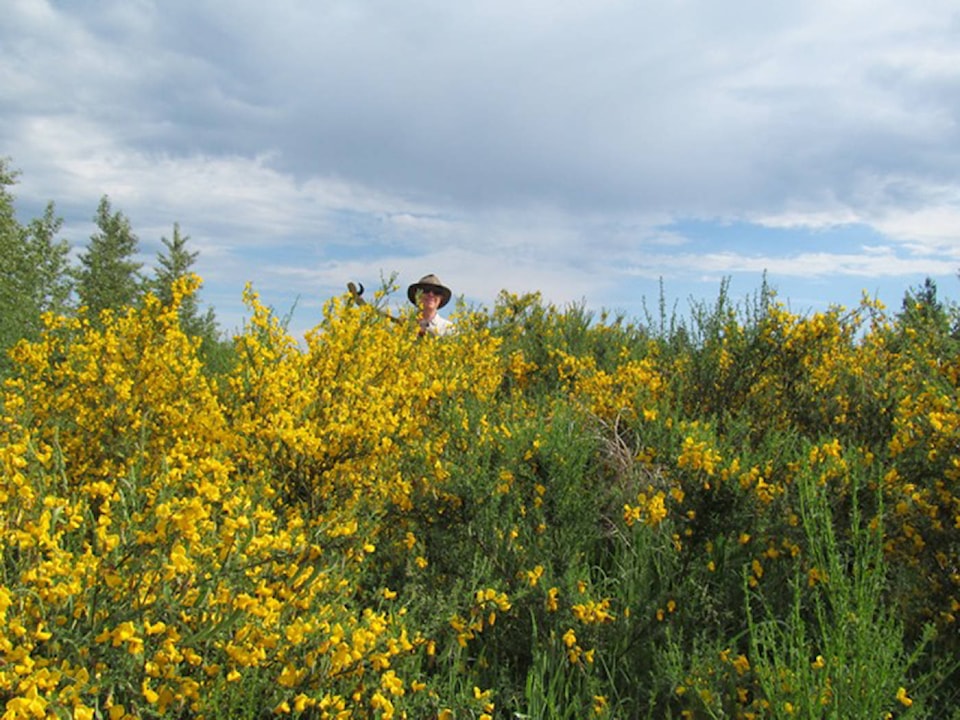“The worst outbreak of Scotch Broom in five years invaded roadsides and open fields this May,” reported Broombuster coordinator Morgan Ostler.
“Thanks to volunteers we managed to bring the infestation under control but there are many areas we had to bypass, particularly in the rural paramaters of the city,” Ostler said.
She added that there are large tracts of privately owned land that will require heavy equipment to clear out the broom.
“We urgently need a broom removal by-law similar to those now in effect at Nanaimo and Parksville” co-coordinator Carol Couture pointed out. “Qualicum Broombusters organization is now recommending a by-law and the Campbell River group are hopeful that council will also proceed with a ruling.”
Qualicum volunteers founded Broombusters.org many years ago and since then it has become an Island-wide organization that includes all major communities from Ladysmith to the north as well as Powell River. Campbell River volunteers formed a group in 2013.
“As environmentally minded local residents come forward to assist, broom has gradually been removed almost entirely from major and minor roads,” said Ostler.” She added that it didn’t mean the broom cutters could rest on their laurels. “Broom seeds continue to sprout but if they are caught in early spring when the ground is damp the young plants can easily be pulled out manually.”
“Broom that has been left to mature to the flowering stage requires enormous energy to successfully remove it,” Couture pointed out. She added that the Noon Hour Rotary Club has partnered with Broombusters for the past four years. She said club members have made a tremendous effort to remove huge amounts of broom on the north side of the Jubilee Parkway. She explained that once the mature bushes have been removed volunteers will be able to follow up next spring and remove most of the new growth by hand.
